Ki-21-Ib “Sally” with Japanese Pilots and Ground Personnel 1/48
67,99€
Only 1 left in stock

*Please check our Privacy Policies to see how to we use your personal data.
*Por favor revisa nuestra Política de Privacidad para ver como tratamos tus datos personales
Ki-21-Ib ‘Sally’ with Japanese Pilots and Ground Personnel
The Army Aviation of the Imperial Japanese Army during World War II was tasked with supporting ground unit operations and engaging enemy aircraft. The strike force of the aviation included bombers of various types, among which were the Ki-21, known to the Allies as “Sally.” The first prototype of the aircraft took to the air on December 18, 1936, and during the following year, flight tests of the prototypes took place. Mass production began in the spring of 1938, and it was produced by two factories – Nakajima and Mitsubishi.
Bomber pilots wore flight uniforms designed in the early 1930s when carrying out missions. These could be summer or winter uniforms, with a lighter tropical version also available. Leather boots were worn, with pilots often writing their names on the inner surface. Ground personnel wore simplified versions of the uniform, often practical and comfortable overalls with fabric belts. Footwear could include leather military boots or the distinctive Japanese “Jika-tabi” with a split toe.
Scale
1:48
Time period
WW2
Box size
410 x 260 x 55 mm
Number of details
265+38
Ki-21-Ib ‘Sally’ con pilotos japoneses y personal de tierra
La aviación del Ejército Imperial Japonés durante la Segunda Guerra Mundial tenía la misión de apoyar las operaciones de las unidades terrestres y enfrentarse a la aviación enemiga. La fuerza de ataque de la aviación incluía bombarderos de varios tipos, entre ellos el Ki-21, conocido por los Aliados como «Sally». El primer prototipo del avión despegó el 18 de diciembre de 1936, y durante el año siguiente se realizaron pruebas de vuelo de los prototipos. La producción en serie comenzó en la primavera de 1938 y corrió a cargo de dos fábricas: Nakajima y Mitsubishi.
Los pilotos de bombarderos llevaban uniformes de vuelo diseñados a principios de la década de 1930 cuando realizaban misiones. Podían ser uniformes de verano o de invierno, con una versión tropical más ligera también disponible. Llevaban botas de cuero, en las que los pilotos solían escribir sus nombres en la superficie interior. El personal de tierra llevaba versiones simplificadas del uniforme, a menudo monos prácticos y cómodos con cinturones de tela. El calzado podía incluir botas militares de cuero o las características «Jika-tabi» japonesas con la puntera partida.
Escala
1:48
Periodo de tiempo
SEGUNDA GUERRA MUNDIAL
Tamaño de la caja
410 x 260 x 55 mm
Número de detalles
265+38



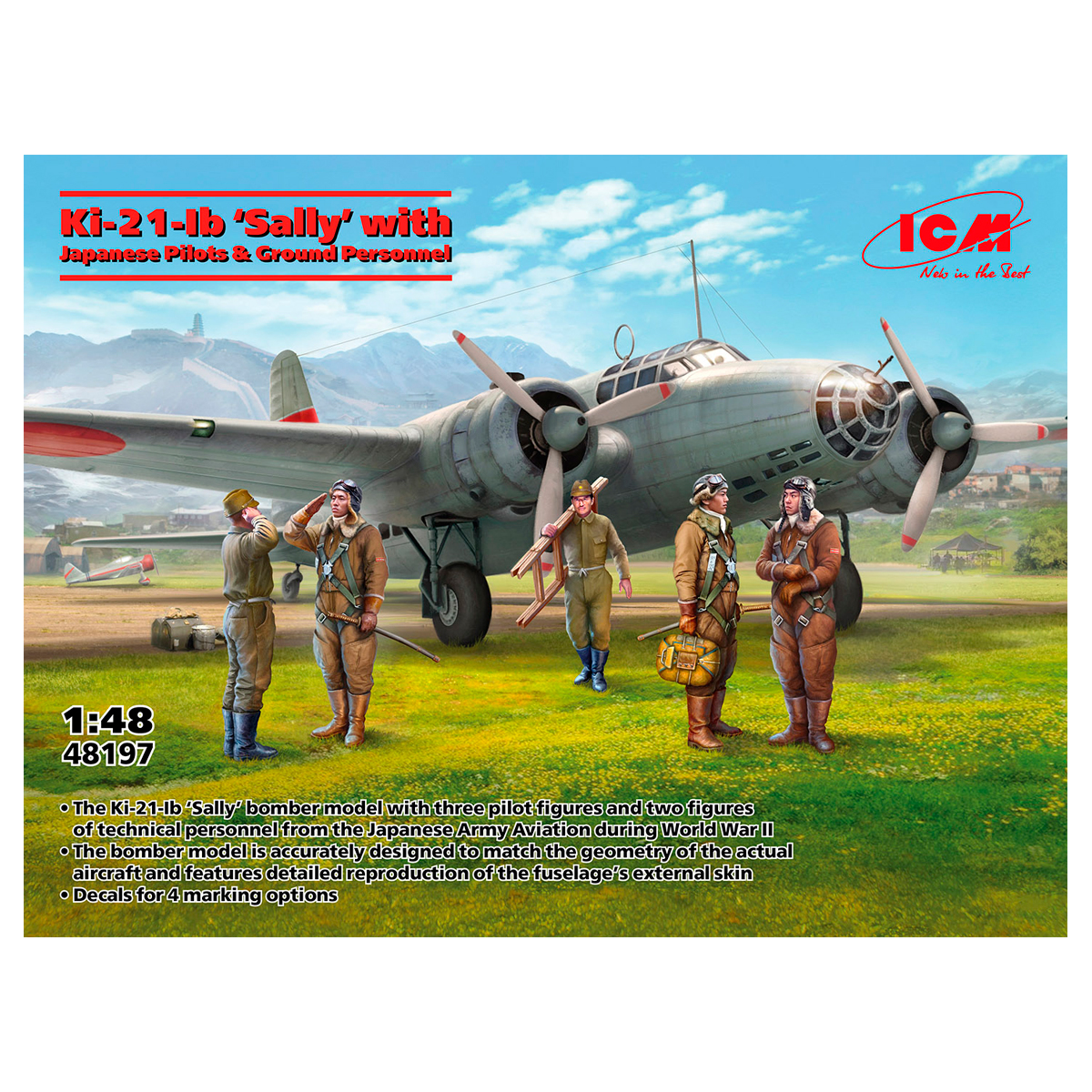

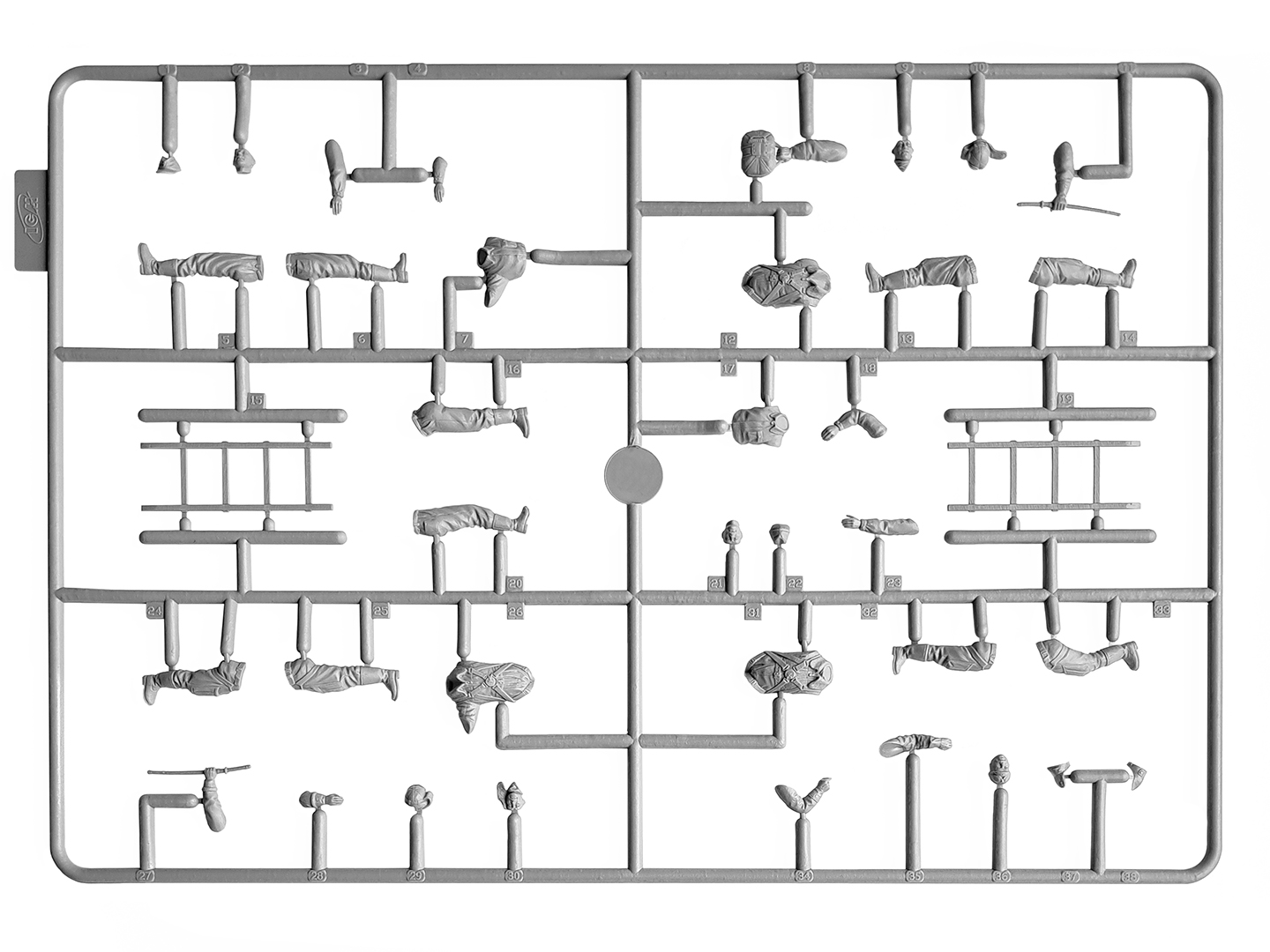

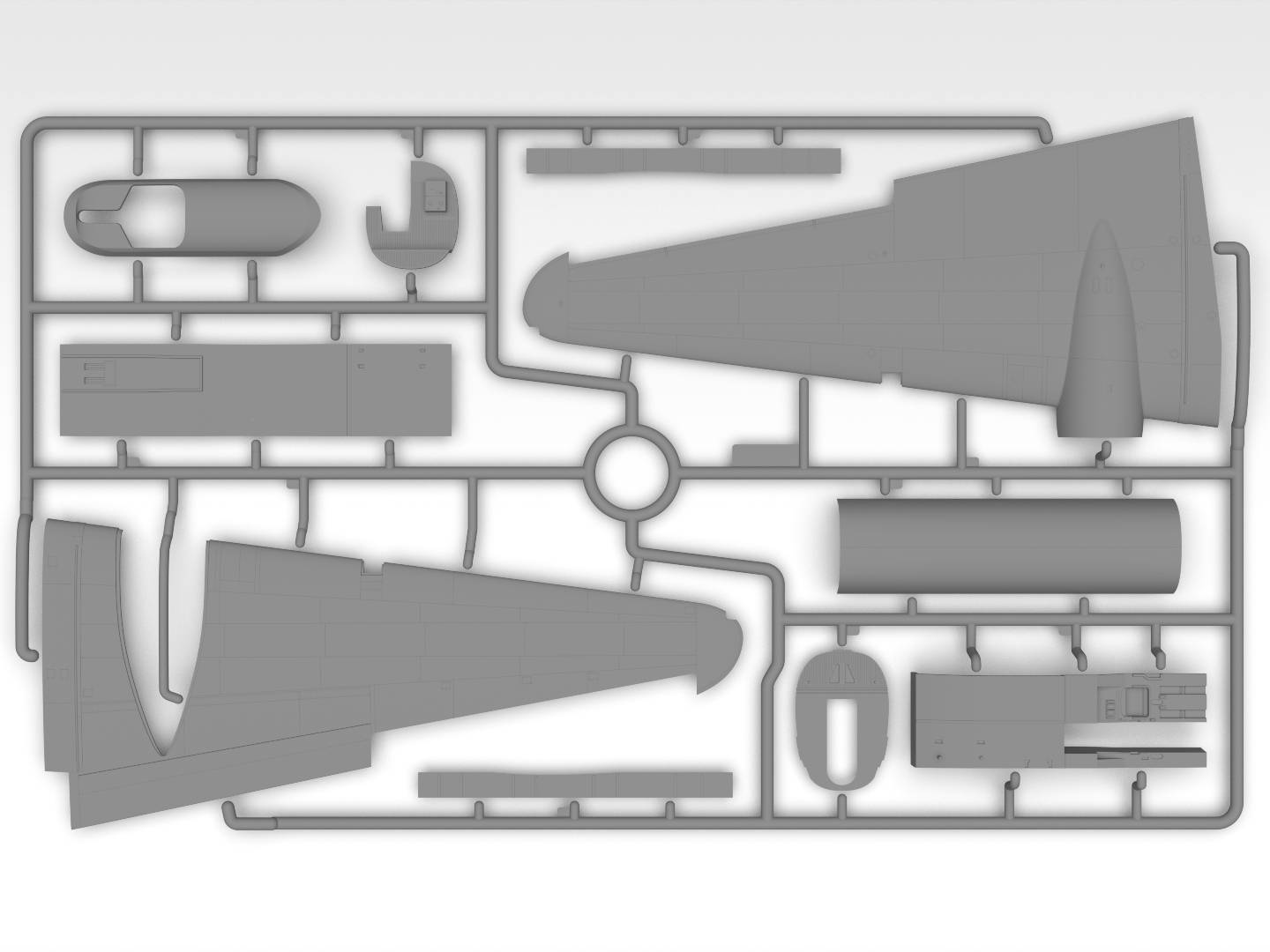


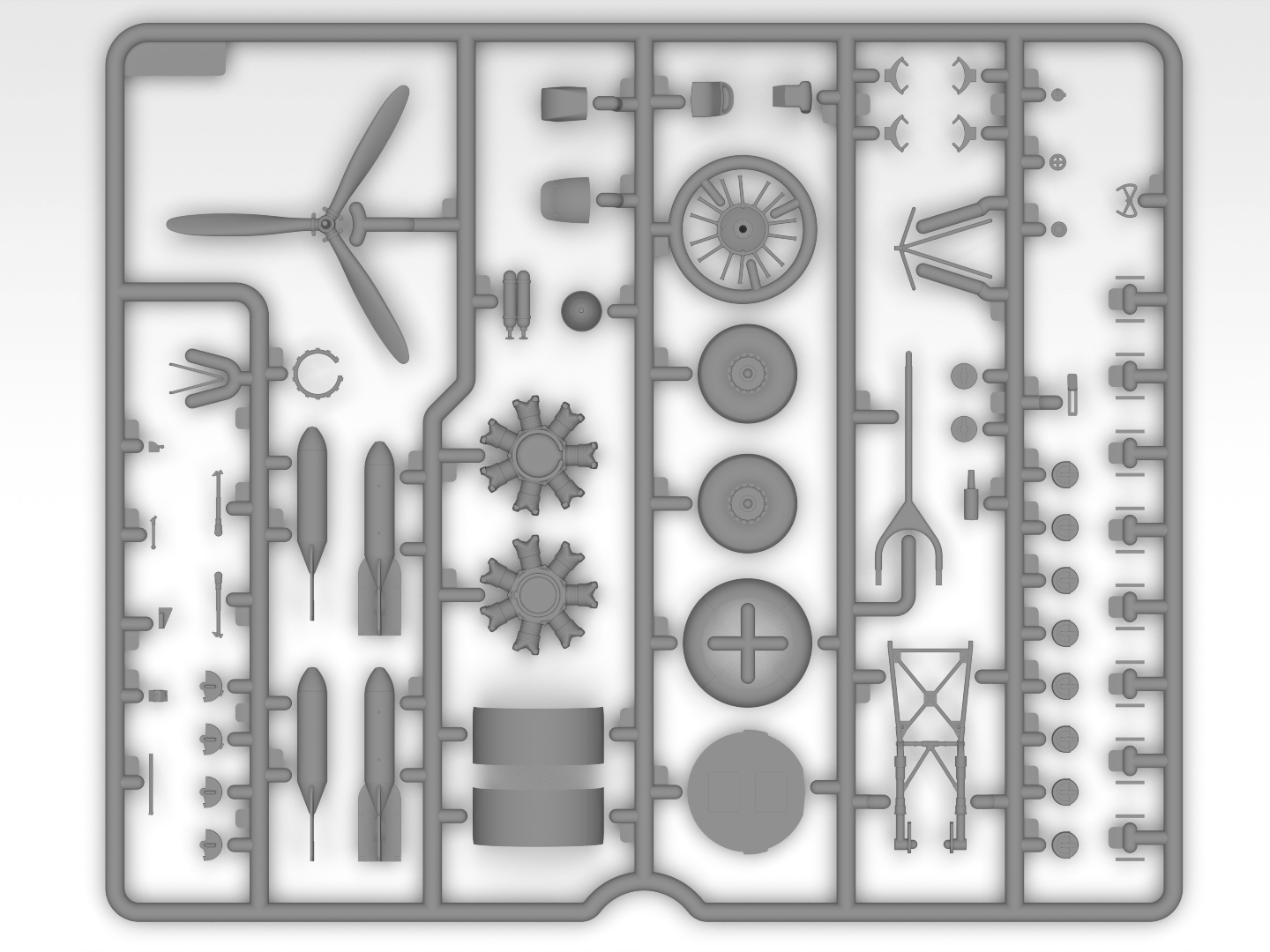
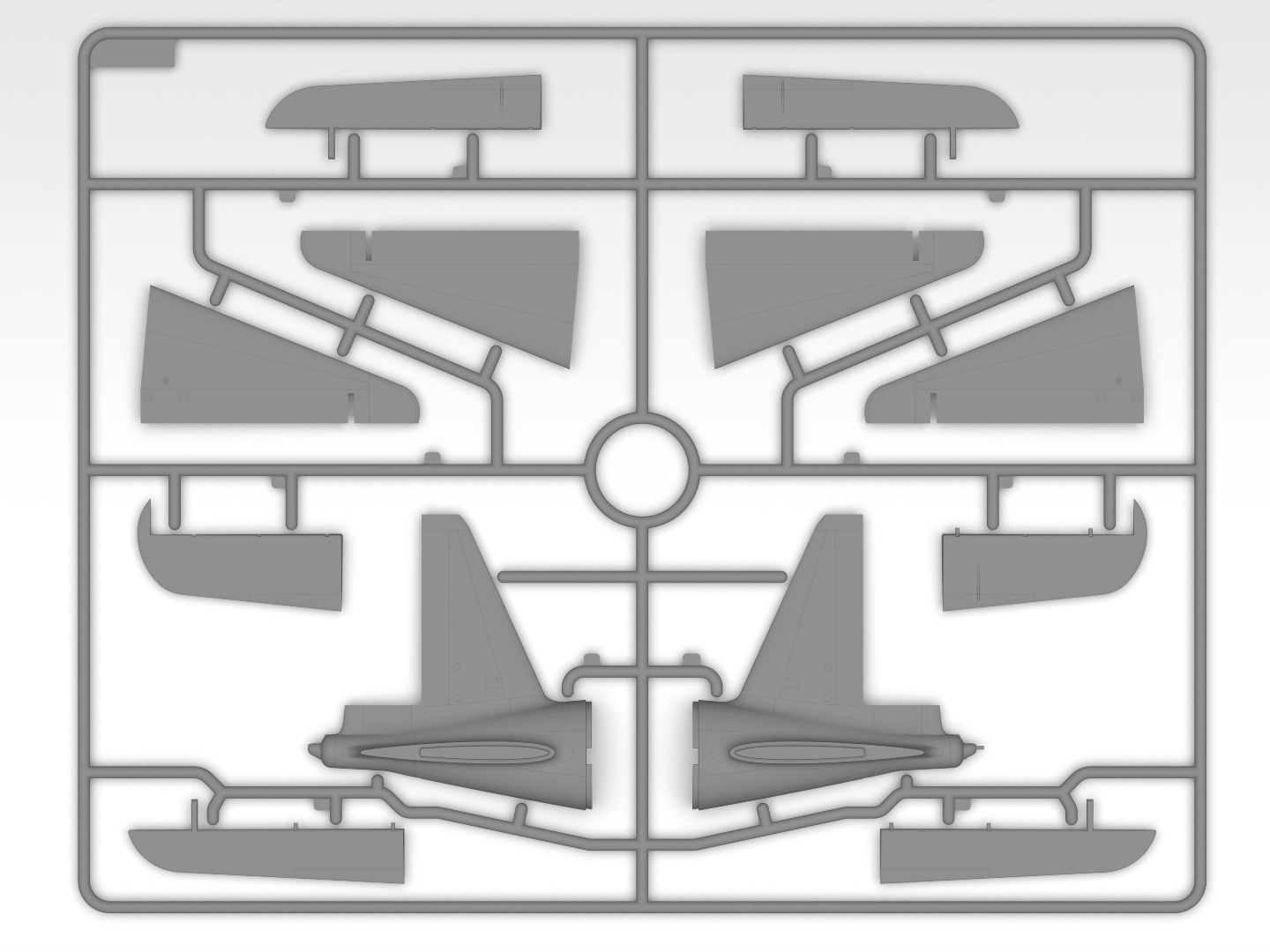

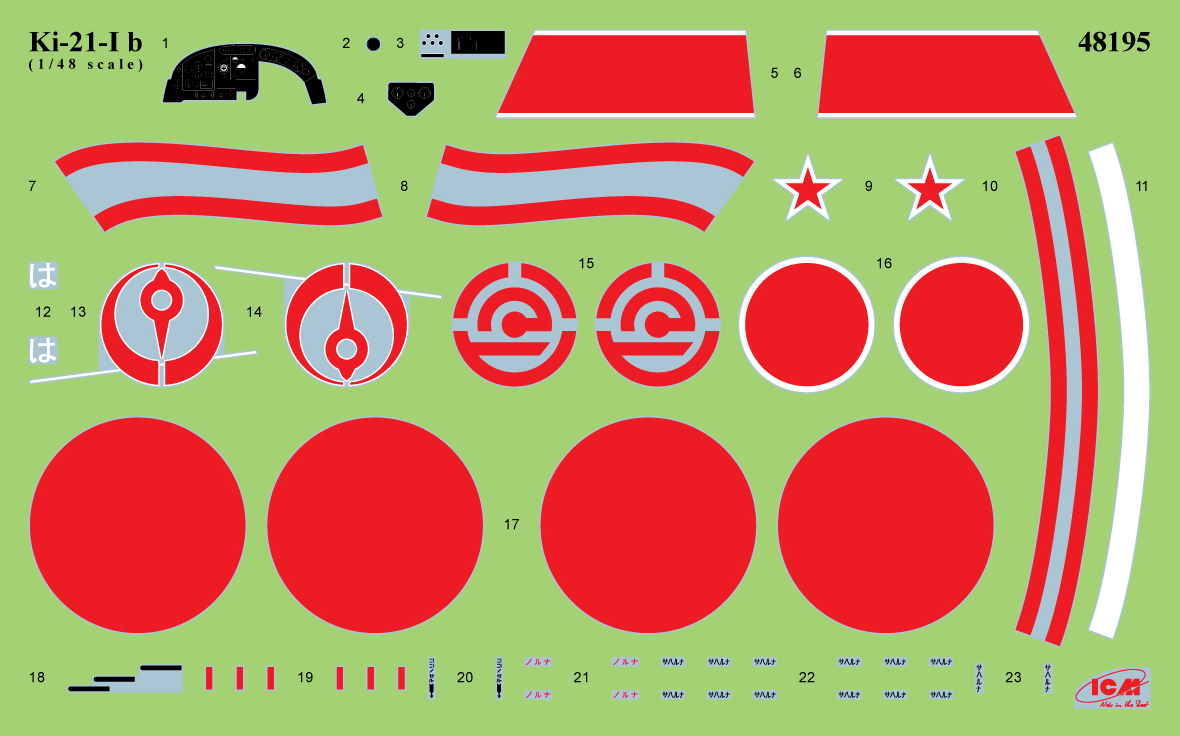
 Request of SDS product data file / Product security
Request of SDS product data file / Product security